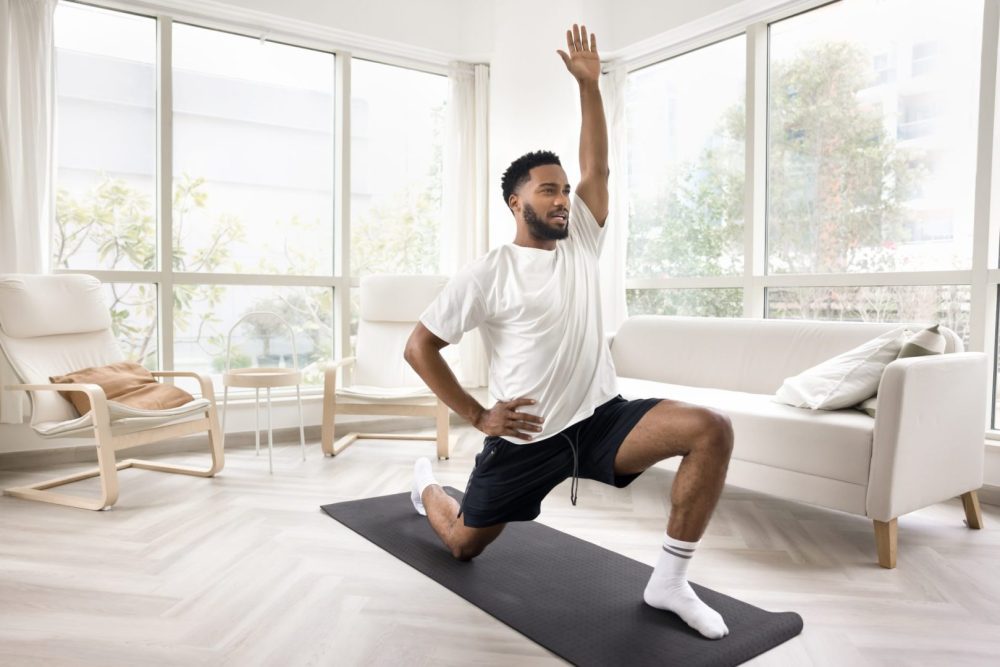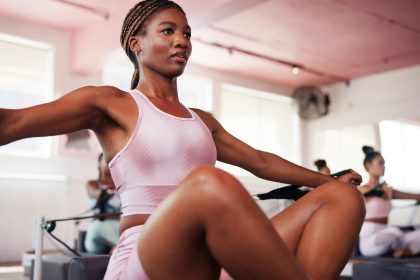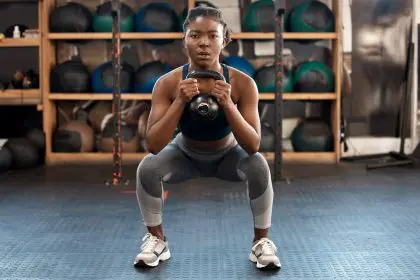In an era where sedentary lifestyles increasingly dominate our daily routines, functional fitness has emerged as a revolutionary approach to exercise. This practical training method focuses on preparing the body for real-world movements, making everyday activities easier while promoting long-term health and independence.
Functional fitness goes beyond traditional exercise by focusing on movements that mirror our daily activities. Unlike conventional workouts that isolate specific muscle groups, functional fitness engages multiple joints and muscle groups, training the body to work as a coordinated system. This holistic approach makes it especially effective for maintaining independence and vitality as we age.
Rather than simply improving strength, functional fitness aims to enhance movement patterns that directly translate to everyday tasks, like lifting groceries, playing with children, or climbing stairs.
Breaking down movement patterns
Functional movements are grouped into several key categories that reflect the demands of daily life. Pushing movements are essential for tasks like opening doors or pushing a cart, while pulling patterns come in handy when carrying bags or moving furniture. Squatting motions are important for lifting and lowering objects, while rotational movements help with activities like turning to pick something up or twisting to reach behind you. Additionally, balance exercises are crucial for maintaining stability while walking or bending over.
These movements are designed to train the body for real-life activities, improving efficiency and reducing the risk of injury when performing everyday tasks.
Scientific foundations of functional training
Research supports the effectiveness of functional fitness in enhancing overall well-being. Studies have shown that this type of exercise improves mobility, reduces the risk of falls, and boosts cognitive function. By integrating multiple muscle groups and movement patterns, functional fitness leads to better coordination and neural adaptation. The result is enhanced motor skills that make it easier to perform a variety of daily activities, from lifting heavy objects to maintaining good posture.
Functional fitness offers numerous practical benefits that directly impact daily living. It enhances core stability, which is vital for good posture and balance. It improves coordination, making complex movements more manageable. It also increases flexibility, making it easier to reach or bend, and boosts strength, making lifting and carrying objects more efficient.
Moreover, functional fitness enhances endurance, enabling individuals to perform sustained activities like walking, cleaning, or gardening with less fatigue. These benefits contribute to an overall improved quality of life, making functional fitness a key aspect of long-term health and well-being.
Building a functional fitness routine
A comprehensive functional fitness program includes exercises that target major movement patterns. For beginners, it’s important to start with foundational exercises that focus on bodyweight movements, core stability, and balance. Exercises such as lunges, squats, and standing-to-sitting drills can help build a solid foundation.
As individuals become more advanced, they can introduce more complex exercises, such as compound lifts, dynamic balance challenges, and speed drills. A balanced workout might consist of a warm-up, followed by a main workout that includes push-ups, lunges, and rows, and a cool-down period of stretching and recovery.
Functional fitness can be modified to suit various fitness levels. Beginners should focus on mastering basic movements and perfecting form. Intermediate practitioners can add resistance, complexity, and more dynamic movement patterns, while advanced individuals can incorporate high-intensity drills and sport-specific adaptations. For aging adults, special attention should be paid to balance, mobility, and joint health to prevent falls and maintain independence.
Measuring progress and success
Tracking progress in functional fitness is more about how well you can perform everyday tasks than how much weight you can lift. Improvements in mobility, balance, and strength—such as carrying groceries more easily or climbing stairs without discomfort—serve as indicators of success. By regularly assessing these factors, individuals can measure their progress and make adjustments to their routines as needed.
Sustaining progress in functional fitness requires consistent practice. Start with manageable workouts, gradually increase the intensity, and always focus on proper form. Listening to your body and celebrating small improvements will help maintain motivation and ensure long-term success. The key to sustainable fitness is not perfection, but rather steady, incremental progress.














